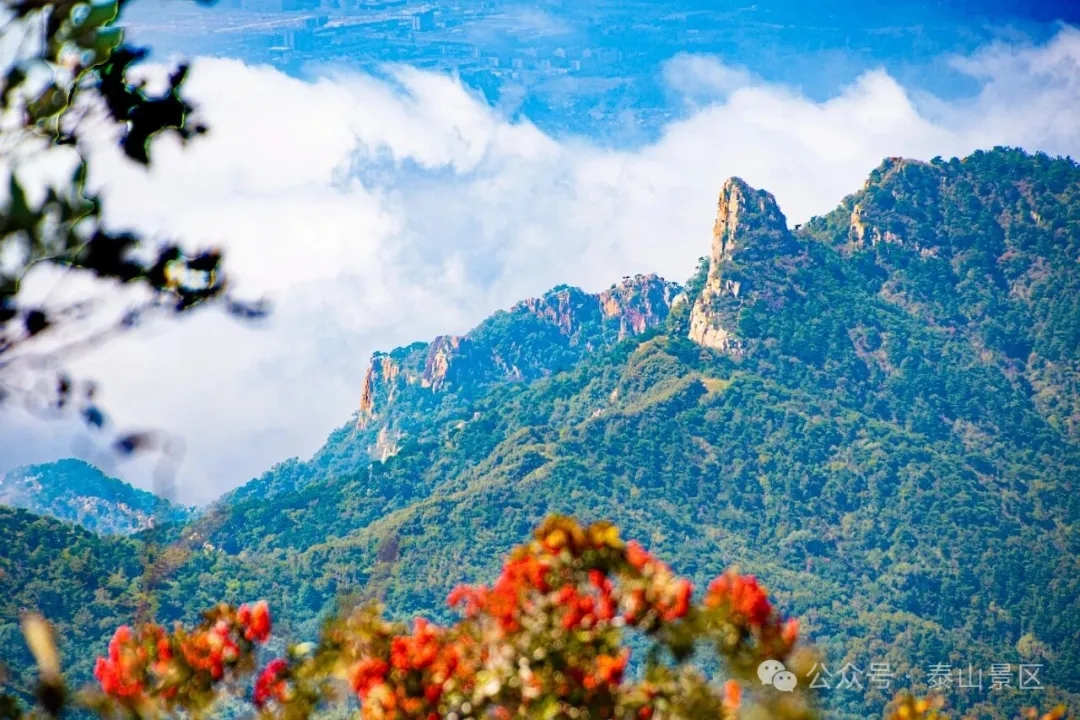Mount Olympus
 |
| Mount Olympus. [File photo] |
Mount Olympus is the highest mountain in Greece standing at 9,570 feet (2,917 m). It is part of the Olympus massif near the Gulf of Thérmai of the Aegean Sea and lies astride the border between Macedonia and Thessaly. It is also designated as Upper Olympus, as opposed to Lower Olympus, an adjacent peak on the south rising to 5,210 feet (1,588 m).
Mount Olympus is snowcapped and often has cloud cover. According to Homer's Odyssey, however, the peak never has storms and it basks in cloudless ether. Later writers elaborated upon this description, which may have originated from the observation that the peak is often visible above a belt of relatively low clouds. In Greek mythology, Mount Olympus was regarded as the abode of the gods and the site of the throne of Zeus. The name Olympus was used for several other mountains as well as hills, villages, and mythical personages in Greece and Asia Minor.
Mitikas is the highest peak of the Olympus. There are more than 1700 kinds of plants as well as 105 different types of birds and 32 different animals, including bears, deer, wild goat, wolves, foxes, wild pigs and eagles.
The Olympus Mountain is one of the key elements that ancient Greece became the cradle of European culture. The Ancient Greeks created glorious achievements in science, philosophy, literature and art, which has made a great influence on European culture.
The first Olympic Games was held on the foot of the small town Olympus, leaving many historical sites, including the temple area made of dozens of temples, altars, and ancestral temples, stadiums, gyms, wrestling schools, reference hall, bathroom and lobby. Flames for each Olympic Games are made from the Nymph Alter here.
Editor: Guo Changdong
Source: The Information Office of Tai'an Government



 Embark on cultural trip in Shandong
Embark on cultural trip in Shandong Global civilizations shine at Nishan in Shandong
Global civilizations shine at Nishan in Shandong Explore Taishan Mountain's autumn splendor
Explore Taishan Mountain's autumn splendor

